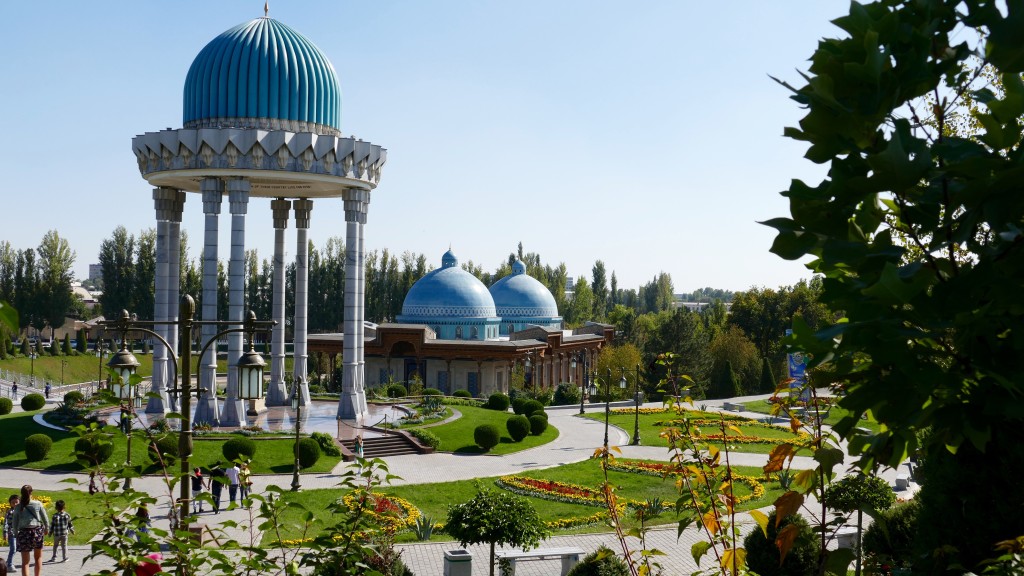
Museum of Memory of Victims of Repression in Tashkent, which is located near the Tashkent TV tower, is opened in 2002. The aim of the museum is to reveal the persecution and repression of Uzbek people during the Soviet times and before.
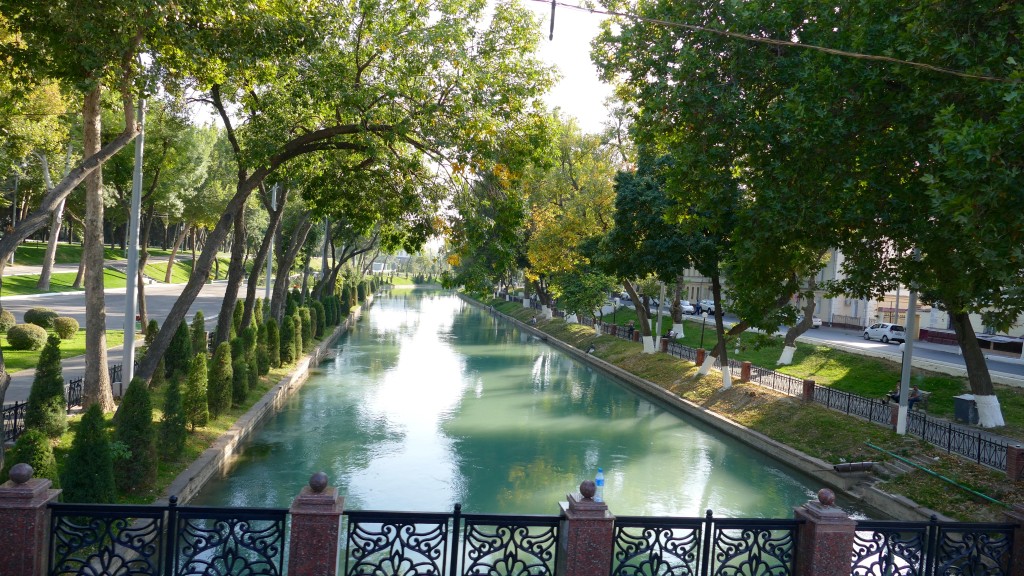
Tashkent
En los tiempos pre-islámicos y principios de la época islámica, la ciudad y la provincia se conocía como Chach. El principado de Chach tenía una ciudadela cuadrada construida en Taskent en torno al siglo V y III a. C., a unos ocho kilómetros al sur del río Syr Darya. En el siglo VII, Chach tenía más de 30 ciudades y una red de más de 50 canales, formando un creciente centro de comercio entre los sogdianos y los nómadas turcos.
En la segunda mitad del siglo séptimo, el Imperio persa sasánida cayó conquistado por una ofensiva árabe-islámica. Bajo la dinastía Samánida (819-999), cuyo fundador Saman Khuda se había convertido al islam por un Zoroastro sasánida persa, la ciudad llegó a ser conocido como Binkath.
En 1219, Gengis Kan conquistó la ciudad, incorporándola al vasto imperio mongol. En el siglo XIV la ciudad fue parte del imperio de Tamerlán, que acabaría conquistado por otros pueblos de origen mongol. Bajo las dinastías Timúridas y Shaybánidas la ciudad revivió, a pesar de los ataques ocasionales de los uzbekos, kazajos, persas, mongoles y oirates.
Durante los siglos XVII y XVIII, aumentarían los contactos comerciales entre Taskent y Rusia, en particular durante el reinado del zar Pedro el Grande (1682-1725), con el que se establecen relaciones diplomáticas por primera vez entre la corte rusa de San Petersburgo y los kanatos centroasiáticos.
En 1809, Taskent fue anexionada al Kanato de Kokand. En ese momento, Taskent tenía una población de alrededor de 100 000 habitantes y estaba considerada como la ciudad más rica de Asia central. Prosperó en gran medida a través del comercio con Rusia, pero se irritó bajo los altos impuestos de Kokand. El clero de Tahkent también favoreció al clero de Bujará sobre el de Kokand. Sin embargo, antes de que el Emir de Bujará pudiese capitalizar ese descontento, el ejército ruso llegó.
En algunas zonas de la ciudad permanecen los nombres de las Puertas de Taskent, antiguas fortificaciones que datan del siglo X, la última desapareció en 1890.
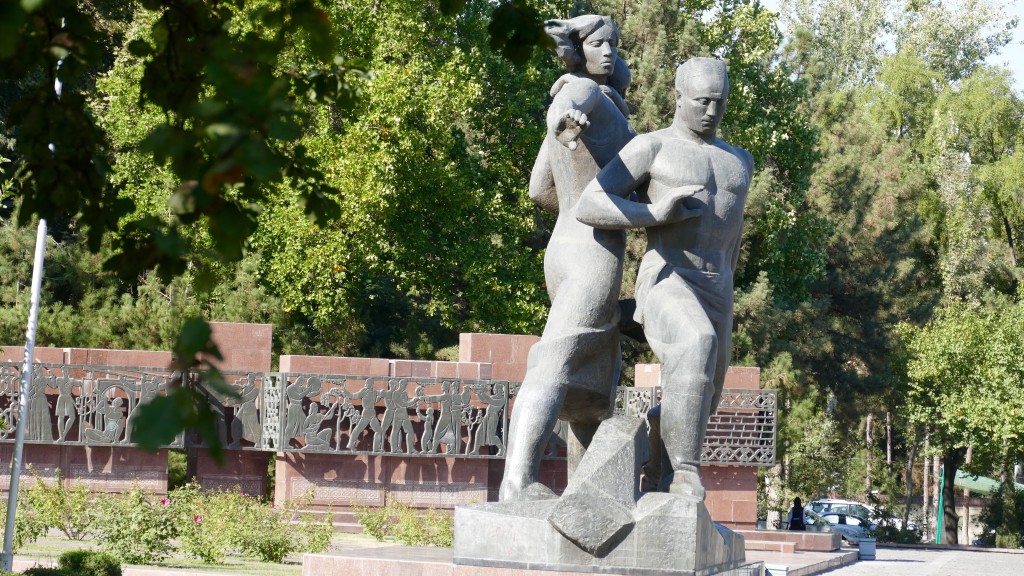
The monument was built in 1976 to the 10-th anniversary of the terrible earthquake that destroyed almost half of the city. The earthquake of 1966 was 9 point on the Richter scale, the zone of destruction was 10 square kilometers. Exact numbers are unknown, but it is known that after the earthquake more than a quarter of million people become homeless
Tras la Revolución de octubre de 1917, se funda la República Autónoma del Turquestán, con Taskent como capital.
En 1924, tras la incorporación de la República Socialista Soviética de Uzbekistán a la Unión Soviética, Samarcanda sustituye a Taskent como capital, primero del Turquestán, y después de dicha república, fundada el 27 de octubre de ese mismo año. Esto se mantendría así hasta que de nuevo en 1930, Taskent sustituye a Samarcanda como capital. La incorporación a la URSS correspondió con el período de industralización de la ciudad, en las décadas de 1920 y 1930.
El 26 de abril de 1966, gran parte de la antigua ciudad fue destruida por un gran terremoto de 7,5 grados en la escala de Richter. Más de 300 000 habitantes quedaron sin hogar. Unos 78 000 hogares fueron destruidos debido a que se encontraban mal diseñados, principalmente en las zonas densamente pobladas de la ciudad vieja, donde predominaban viviendas de adobe tradicional.
El 31 de agosto de 1991 fue declarada en Taskent la independencia de Uzbekistán, momento en el que era la cuarta mayor ciudad de la URSS y un gran centro para el aprendizaje de ciencias e ingenierías.
Desde 1991, la ciudad ha cambiado económica, cultural y arquitectónicamente, el nevo desarrollo ha reemplazado o sustituido los iconos de la era soviética. La estatua más grande jamás construida en honor de Lenin fue reemplazada por un globo, que ofrece un mapa geográfico de Uzbekistán.
Fuente: Wikipedia
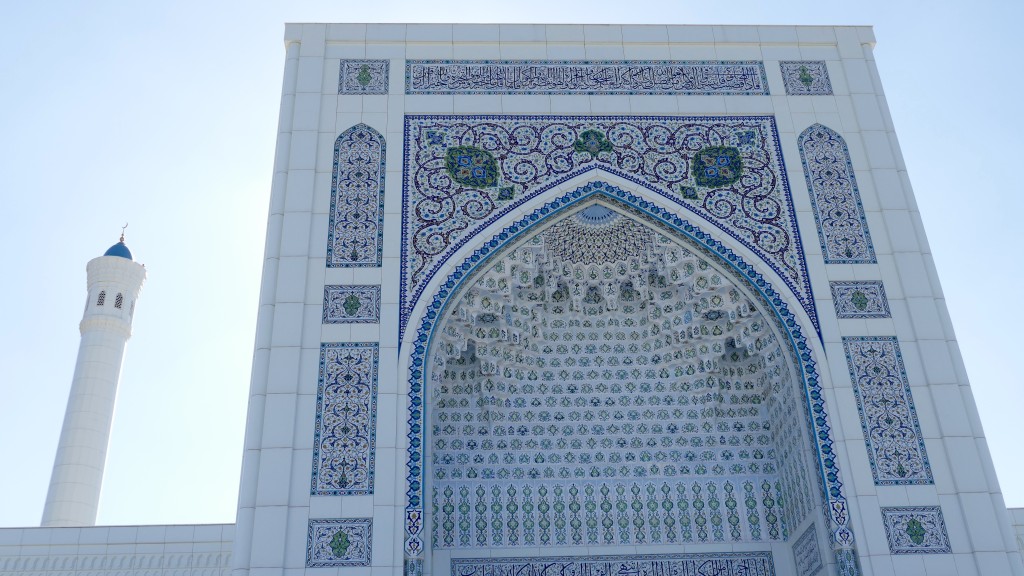
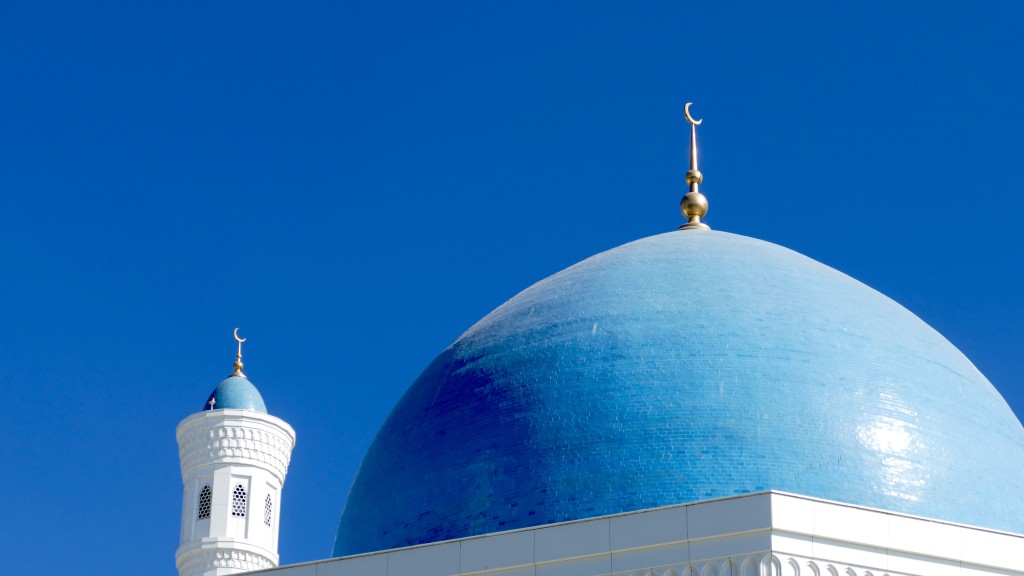
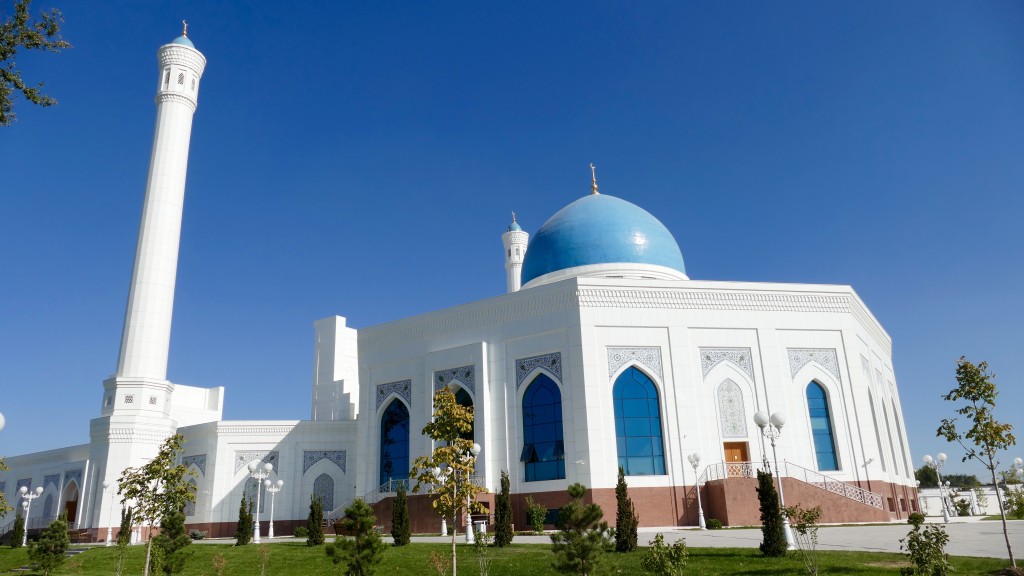
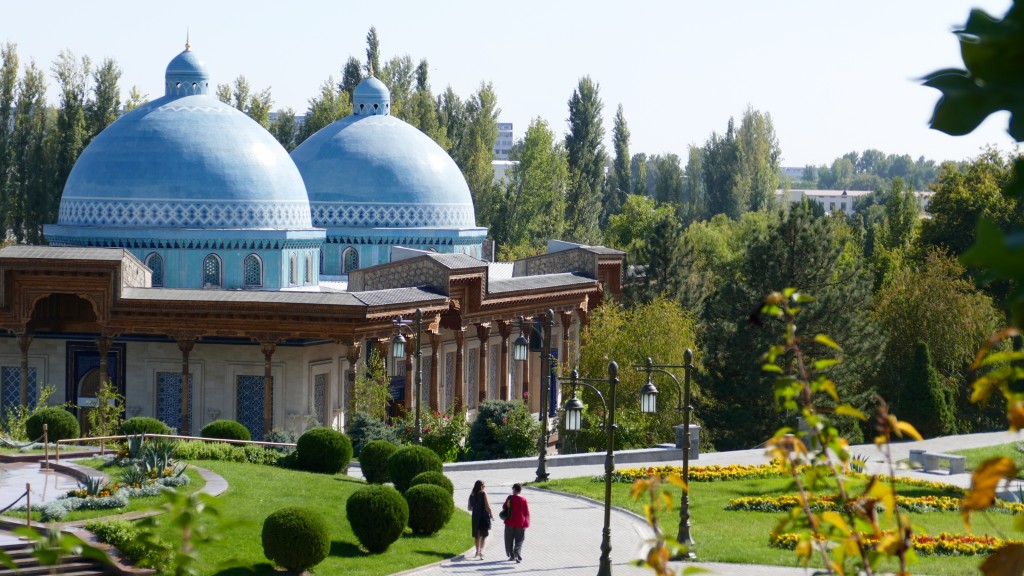
Museum of Memory of Victims of Repression in Tashkent, which is located near the Tashkent TV tower, is opened in 2002. The aim of the museum is to reveal the persecution and repression of Uzbek people during the Soviet times and before.
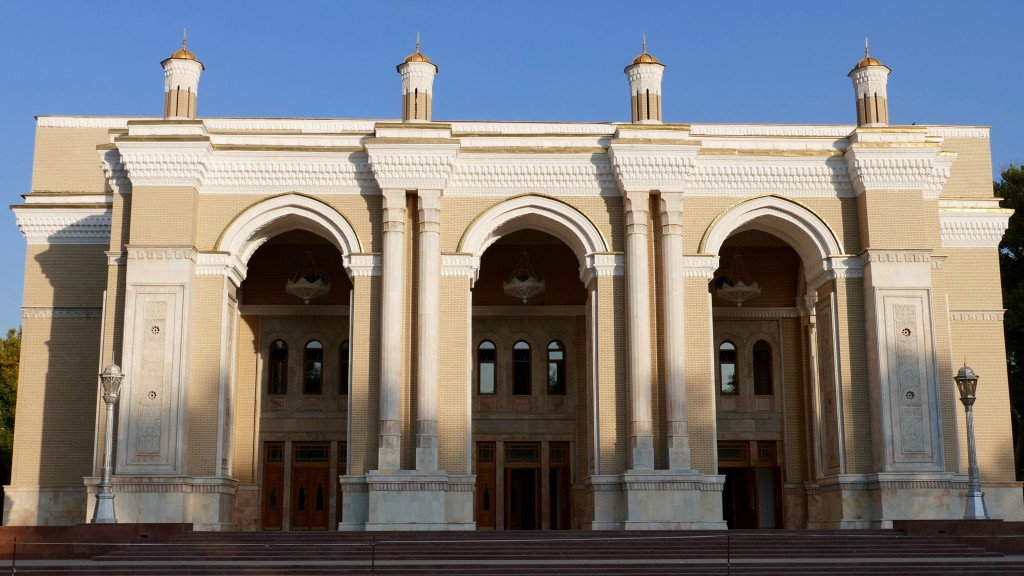
Tashkent
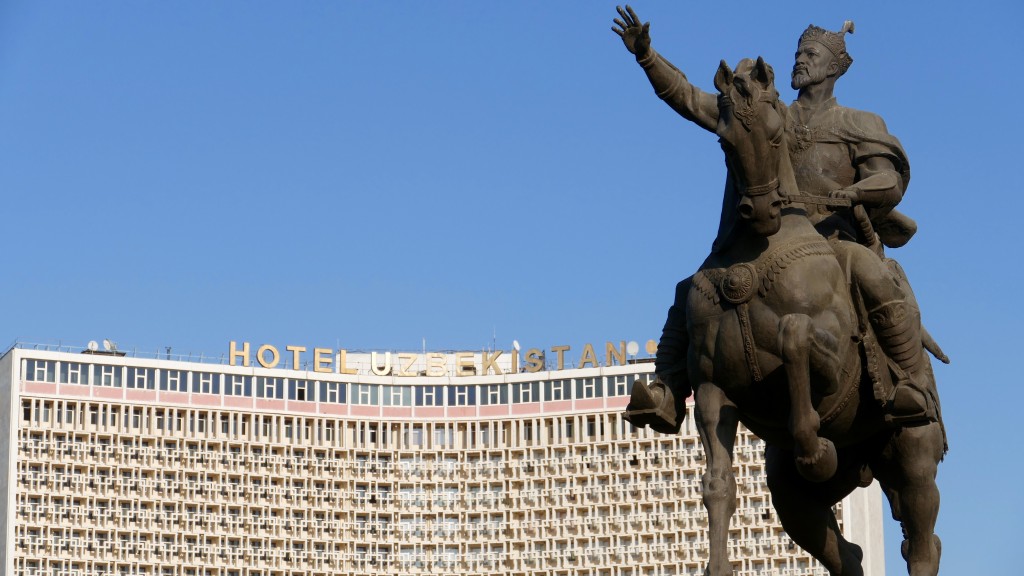
Tashkent

Tashkent
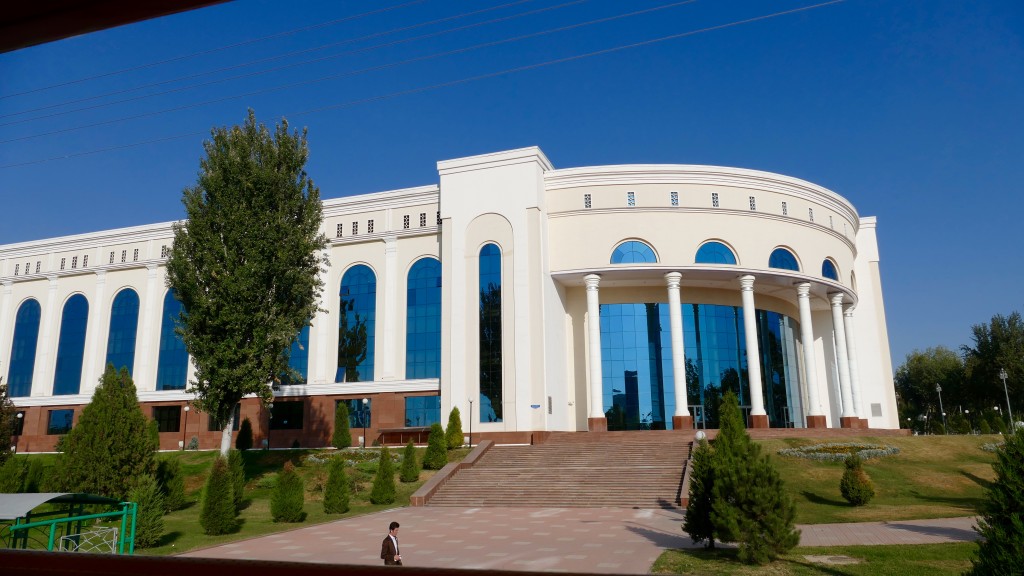
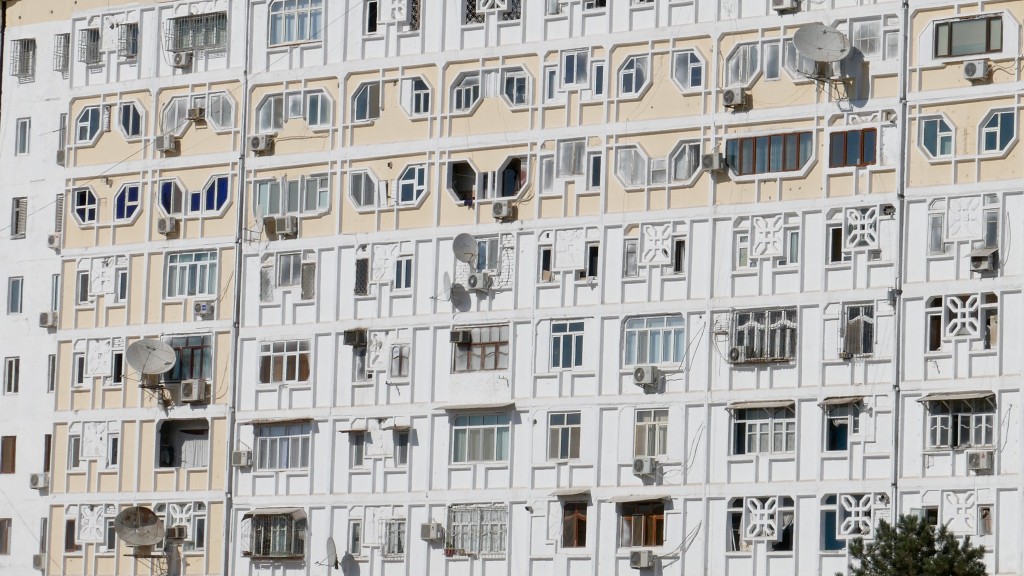
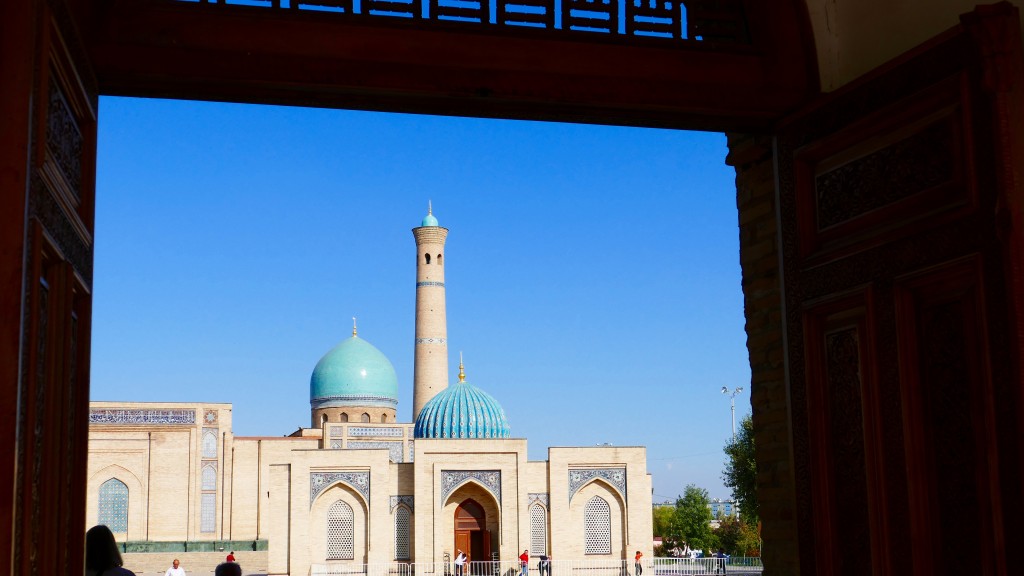
Tashkent
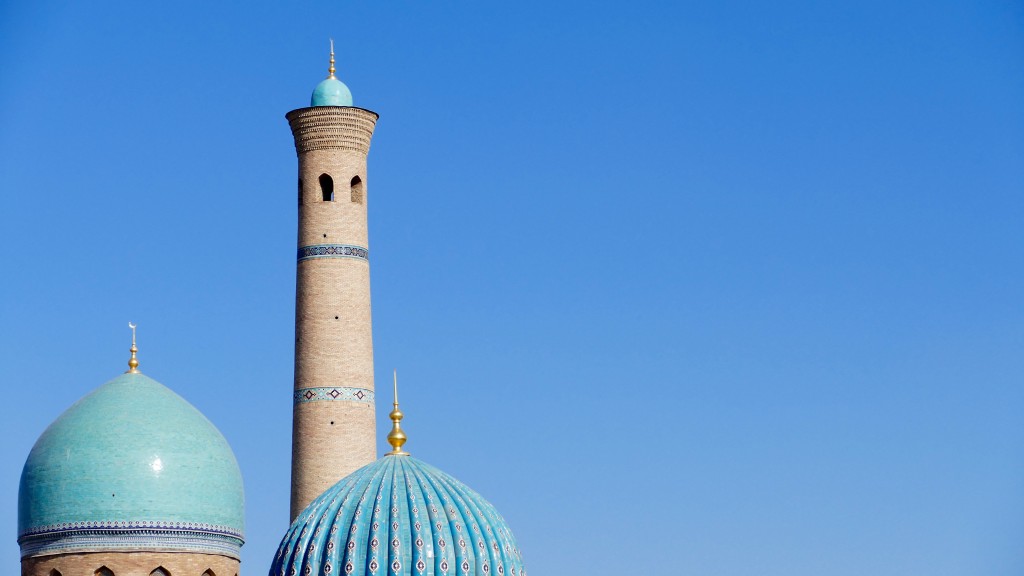

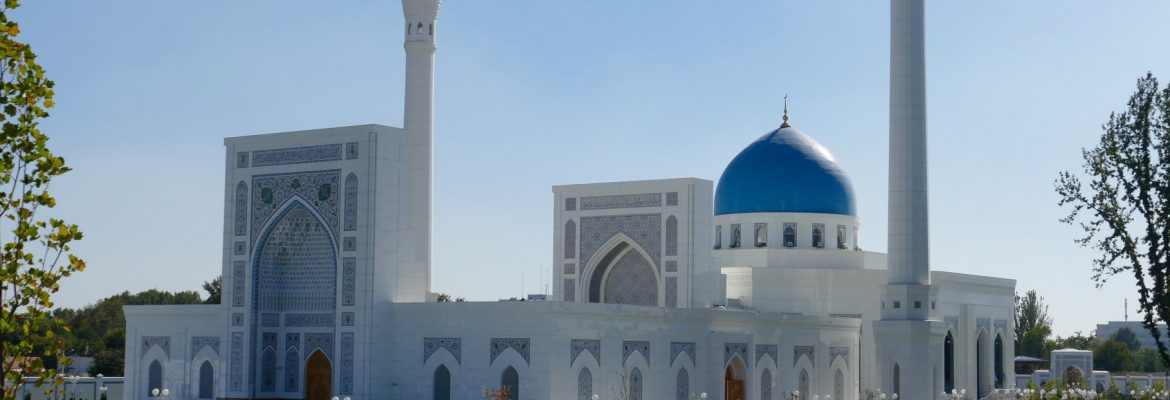
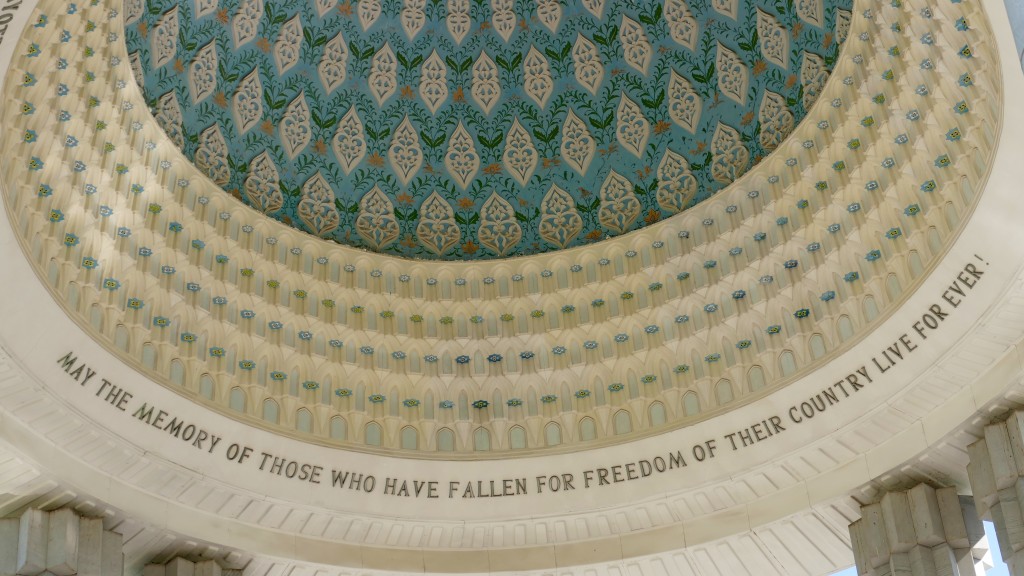
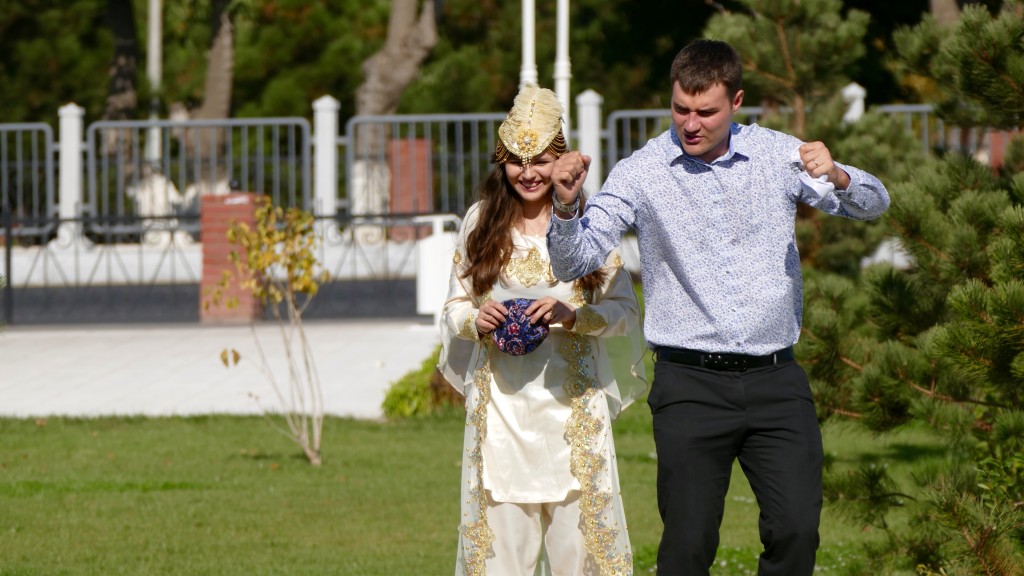
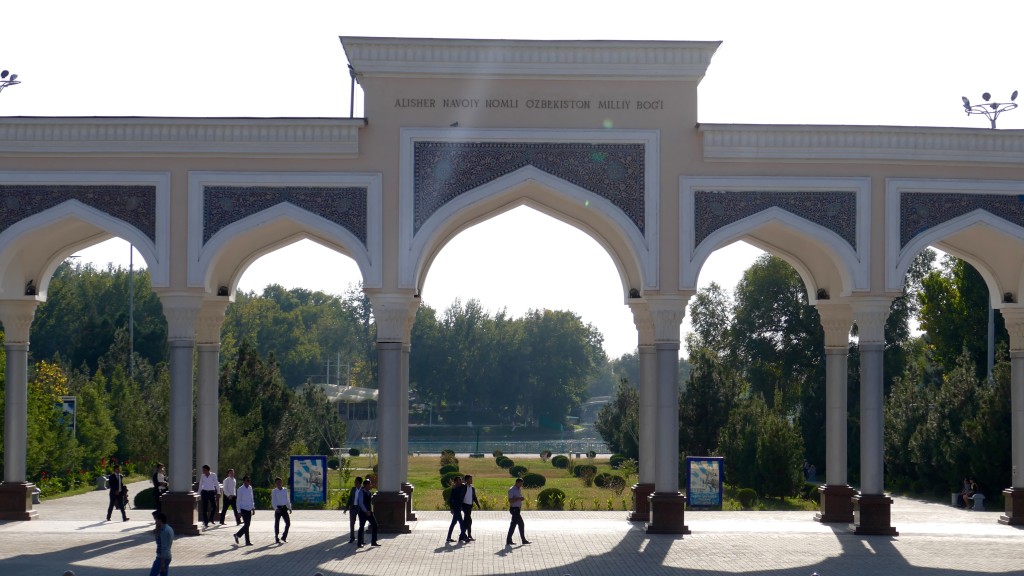
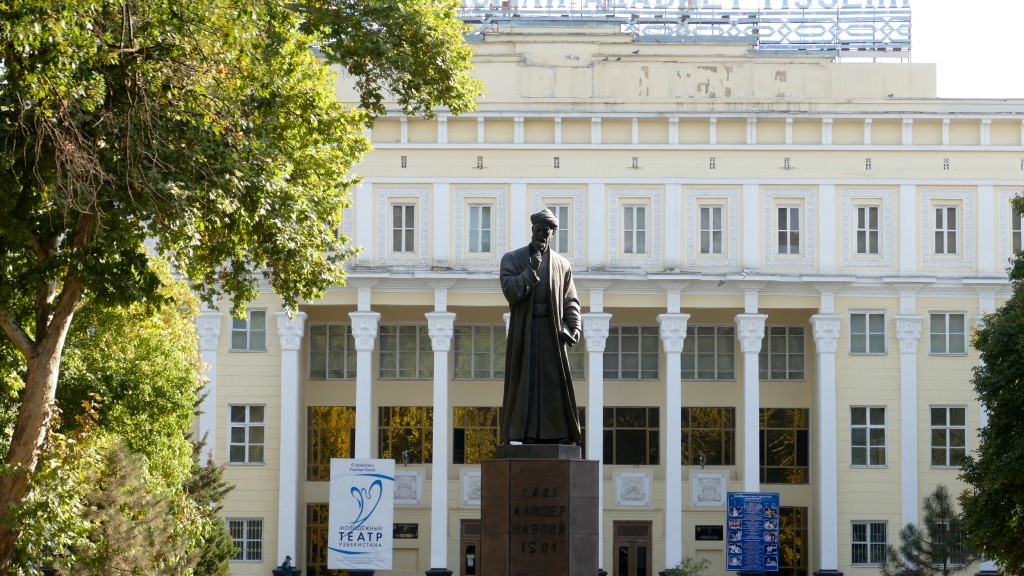
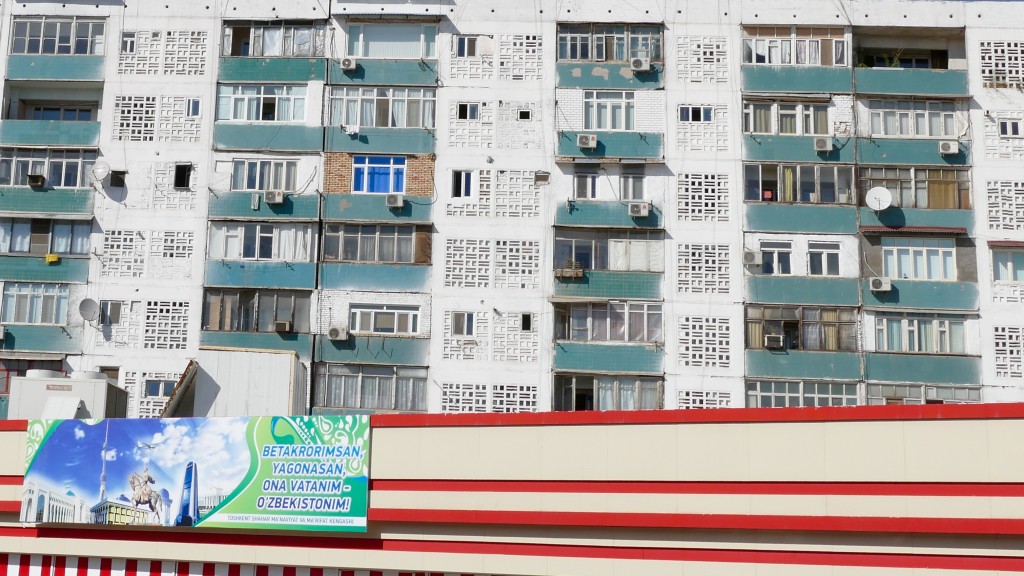





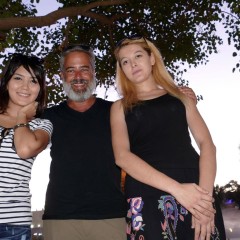
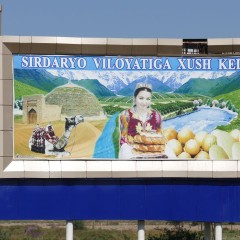

Dejar un comentario